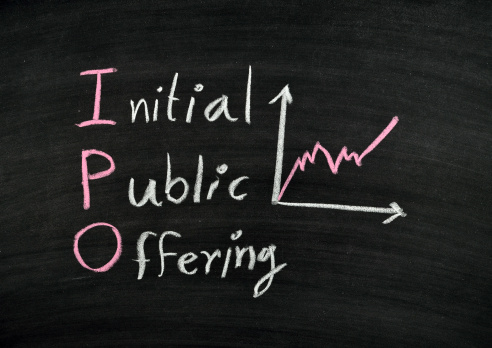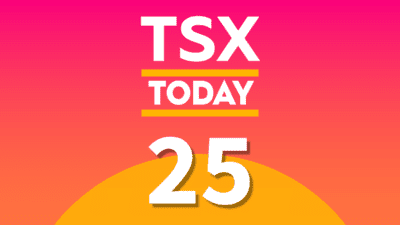Just last week, shares of Canada Goose Holdings Inc. (TSX:GOOS)(NYSE:GOOS) went on sale to the public for the first time by coming to market through an initial public offering (IPO).
While many Canadians are very familiar with the company and the excellent winter products offered, the reality is, investors may not be getting the best buy in the secondary market. Investors who were lucky enough to obtain shares at the IPO price of $17 had the potential to make an excellent return in only a very short period of time.
Here’s how an IPO works: a company agrees to sell shares at agreed upon price to be released on a specific day. Once the price and the day are established, the clients buying shares on that morning pay the IPO price.
The conundrum is getting the shares at the IPO price. Most IPOs that are highly anticipated often have more buyers than there are shares available. When this happens, it is called “oversubscribed.”
Once the investors get their allocated shares, the market will open, and the stock begins trading, oftentimes with large swings in the price either up or down — sometimes in both directions throughout the day. In the case of Canada Goose Holdings, shares opened at $22.20 and hit a high of $23.98 during the day, only to close at a price of $21.53.
The reason shares closed down was simply due to normal trading. Those who wanted shares were able to obtain them, while those wanting to sell had to do so at a lower price. Basically, there were no buyers at higher prices at that time. Simple supply and demand took over.
To close out the week, however, shares traded up over 7% and ended the day Friday at $23.20, offering new investors reasonable returns in only the first two days of trading.
Investors have to be aware that the long-term returns, when purchasing shares right after an IPO, are proven to be less than average within the industry in addition to underperforming the overall market.
For investors looking for something exciting to boast to their friends about, shares of Canada Goose Holdings in the secondary market may just be it. For traditional value investors, however, these shares may offer very little over the long term, and the company currently does not pay a dividend.
Canada Goose Holdings had help from professional bankers to ensure the best possible show was put on once the curtain went up. This is no different than any other IPO.
What is surprising is when an investor purchases shares on the secondary market following an IPO and actually makes money. Although it may seem exciting, there are better investments to be had.







